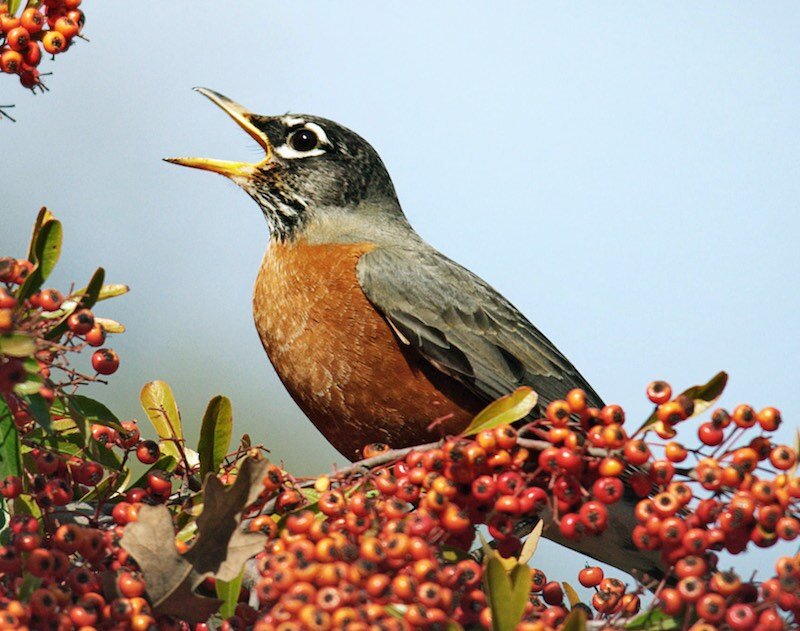Decoding the Language of the Birds
February 2, 2020
It is said that every being on earth has been given original instructions – a blueprint for the unfolding of their life’s purpose. Our journey as humans is to remember our original instructions and to celebrate our interconnectedness with all beings. Birds in particular, it is said, are here to lift our spirits with their song.
Learning to decode the language of the birds is one way to get closer to your own sense of connection with life and your place among the more than human world. Here are five common “voices” that the birds use to communicate what is happening for them and within their surroundings.
Five Voices of the Birds
Song – this is the bird’s baseline sound, signaling that all is well
Companion calls – birds will check-in with each other to make sure they are ok or to report good feeding locations
Juvenile begging – a pretty excited sound letting mom and dad know they are hungry!
Aggression – can been heard between males fighting for territory or a mate, as well as by a female protecting her nest
Alarm - alerts us to a bird’s perceived danger; can be raucous or even silence
To begin your bird language journey, start with some common ground-feeding birds, such as the American robin, dark-eyed junco, spotted towhee, winter wren, and song sparrow. They spend most of their time on your lawn or in the field, so they are pretty reliable messengers of activity in the forest and sky.
To help you remember the sounds they make, try using words or phrases that describe the sounds, such as "cheer up, cheerio" for an American robin; "wheat!" for a Pacific-slope flycatcher; or "see me, pretty pretty me" for a white-crowned sparrow.
A favorite activity for parents and children is to have a sit spot together and create a sound map, in which different colors represent different sounds. It’s a great way to learn the bird sounds without having to label anything yet. Maybe the honking sound from the south could be an orange blast on the page, or the trickling, water-like bird song from down amongst the ferns could be a purple wave. When you are done, you will hopefully have a rainbow of shapes and colors representing your time with the birds.
And most importantly, we hope you begin to feel more curious and connected to the natural world, inspired to follow your heart song.

